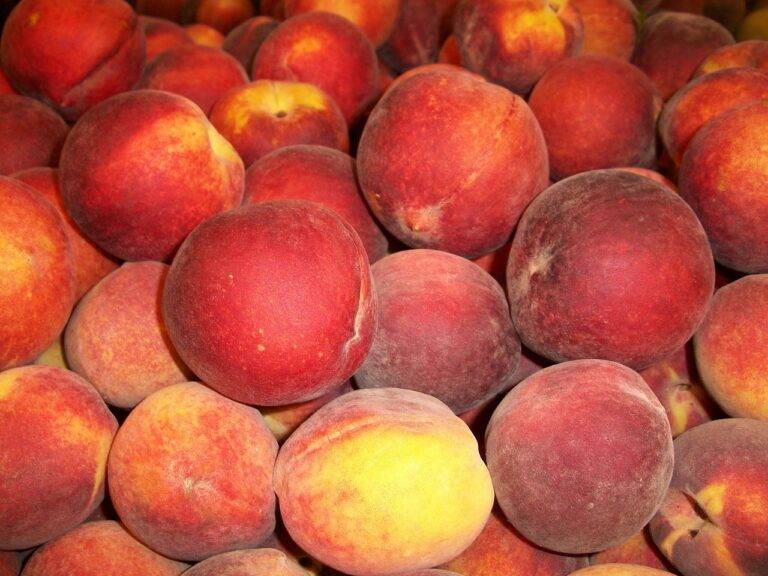The Art of Food Fermentation: Preserving Summer’s Bounty.
Food fermentation offers a myriad of benefits that enhance both the flavor and nutritional value of various foods. Fermentation helps in preserving food by creating an acidic environment that inhibits the growth of harmful bacteria, extending the shelf life of perishable items such as vegetables and dairy products. Additionally, the fermentation process breaks down complex compounds in food, making them easier for the body to digest and absorb nutrients efficiently.
Furthermore, fermented foods are rich in probiotics, the beneficial bacteria that support gut health and boost the immune system. These probiotics play a crucial role in maintaining a healthy balance of microorganisms in the gut, which is essential for overall well-being. Consuming fermented foods regularly can contribute to improved digestion, increased nutrient absorption, and reduced inflammation in the body.
Types of Fermentation
Fermentation is a natural process that plays a crucial role in food preservation and flavor enhancement. There are two main types of fermentation: lactic acid fermentation and alcoholic fermentation.
Lactic acid fermentation occurs when sugars in food are converted into lactic acid by bacteria. This type of fermentation is commonly used in the production of yogurt, sauerkraut, and pickles. On the other hand, alcoholic fermentation involves the conversion of sugars into alcohol and carbon dioxide by yeast. This type of fermentation is utilized in the production of beer, wine, and bread.
What are the benefits of food fermentation?
Food fermentation can enhance the nutritional value of food, improve digestion, boost the immune system, and increase the shelf-life of food.
What are the different types of fermentation?
There are various types of fermentation including lactic acid fermentation, alcoholic fermentation, acetic acid fermentation, and propionic acid fermentation.
How does lactic acid fermentation work?
Lactic acid fermentation is the process in which sugars are converted into lactic acid by lactic acid bacteria. This process is commonly used in the production of yogurt, cheese, and sauerkraut.
What is alcoholic fermentation?
Alcoholic fermentation is the process in which sugars are converted into ethanol and carbon dioxide by yeast. This process is used in the production of alcoholic beverages such as beer and wine.
How does acetic acid fermentation work?
Acetic acid fermentation is the process in which ethanol is converted into acetic acid by acetic acid bacteria. This process is used in the production of vinegar.
What is propionic acid fermentation?
Propionic acid fermentation is the process in which sugars are converted into propionic acid by Propionibacterium. This process is used in the production of Swiss cheese.
Can fermentation be harmful?
While fermentation can have many benefits, improper fermentation can lead to the growth of harmful bacteria and the production of toxins. It is important to follow proper fermentation techniques to ensure safety.





